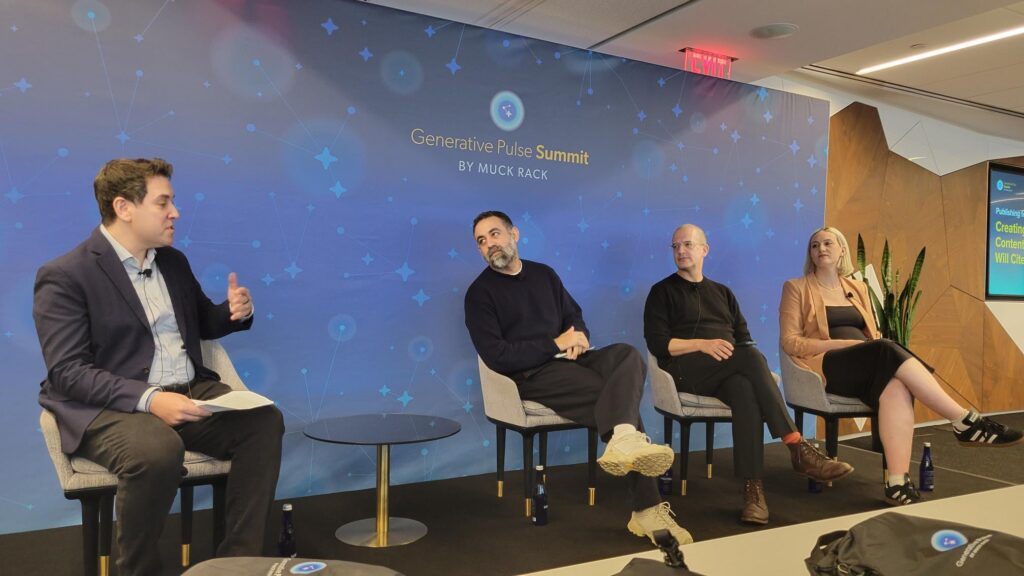Pundits say that multi-channel marketing requires enterprise-wide solutions. But QWest started with only one channel, telemarketing, when it implemented a new lead management system three years ago.
Why telemarketing? Because the firm does substantial outbound volume—2 million calls a month—and wanted to get it into a closed-loop process. But it tackled direct mail six months ago, and hopes to soon roll the system out to its many other channels.
“We’re only starting,” says Mitch Plum, director of corporate marketing and databases for the company.
The Challenge
QWest is a Denver-based telecommunications firm with 4.6 million long-distance customers and 743,000 wireless users. It serves consumers, businesses, governments and wholesalers.
But it faced a marketing challenge a year or two ago: How do you optimize campaign performance across multiple channels? The firm’s performance in “silo channel marketing” was decreasing for various reasons, according to Plum.
That meant QWest needed to track its leads more effectively, determine the real contribution of each channel and increase the speed and accuracy of its reporting. It also had to determine “the best offer for this customer at this time.”
The Solution
To get all that, QWest chose Prevalence, a lead management system from The Allant Group. For starters, the system enabled the firm to know “where the lead is at any point in time,” says Kurt Janvrin, vice president, business development strategic consulting for Allant.
It also allowed QWest to make “apples-to-apples comparison of vendor performance,” while monitoring action on leads. QWest expects its teleservices vendors to work a lead or return it as unworkable, with full disposition every day.
“It’s not okay for the vendor to say, ‘We’ve got the leads, we’ll call you in two weeks,’” Janvrin says. “They will get called or hounded every day until the leads come back.”
Also critical is flagging of do-not-call requests and other customer preferences (no small thing for a firm that makes 2 million outbound calls a month). QWest must contend with federal, state and local laws, each of which can vary according to the type of product, Janvrin adds.
“Before the leads go into active call or mail status, we scrub off the ones that should be scrubbed off, and look at our business rules,” he continues.
Those rules govern the frequency of customer contact. “One of the things we learned is that more isn’t always better,” Plum adds. “Every lead that comes through has a single use at a point in time.” Key to enforcing those rules is Solo, a module within Prevalence.
The system also allows better reporting and ROI analysis. For QWest, the key metrics are:
*Sales per hour per telemarketing vendor *Average sales amount and lifetime value of a sale *Conversion rates *Incremental sales rates from redistributing leads *Annualized record volume *Lift in sales/reduced risk from using compliance data
And is QWest getting a holistic view of the customer?
“People talk about getting a single view of the customer,” Plum says. “But where I am in my company, it’s more important to get a single view of our marketing activities.”
The Results
So where does the company stand one year out? Here’s a rundown:
*QWest generated more sales from selected leads during each campaign.
*Vendors are more productive and make fewer calls to bad leads.
*The marketing staff can now focus on analyzing campaign performance. *QWest is making more sales per calling hour, with reduced do-not-call exposure.
And the best part is this: For every dollar spent with Allant, the estimated pre-tax return is $4 for consumer campaigns. Of that sum, $3 was attributed to optimizing campaign performance, .44 cents to improving vendor effectiveness, .32 cents to reducing operational costs, and .24 cents to insuring privacy compliance.
The Lessons Learned
What does Plum advise newcomers to this process to do? He argues that firms have to create a “realistic roadmap” based on their technical and organizational realities.
He also cautions that “you may not be able to get all the attribution data you need in a complex multi-channel environment. You may need to extrapolate.”
And even if your data is still mired in silos, “you can show value through reporting. Reporting can always precede operations.”
What’s next? Plum hopes to achieve better overall channel integration “so if something happens online, it will drive offline activity. We do try to drive people to the Web, but it’s not trigger-based activity. We want to see more triggering.”
And the next channels to get the Prevalence treatment will most likely be e-mail and door-to-door.
Door-to-door? Yes, QWest sells door-to-door.
“We’re seeing the door-to-door channel coming back to life with the advent of do-not-call,” says Janvrin. “But it’s fraught with a lot of issues, and it carries a high risk if you haven’t done the training.”
As QWest has found out, though, it works well in a multi-channel campaign. “You have someone arrive at the door after a media campaign, and the consumer has the awareness that something is going on.”
Takeaways
Want to try it? Plum and Janvrin urge you to focus on the following:
1. ROI, ROI, ROI.
*What’s the best use of limited marketing dollars?
*Think globally but act locally. 2. improved cycle times focusing on the customer
*Relevance and timeliness are key.
3. Not only “who” but “why” and “what to do.”
4. Improve collaboration, planning and execution.
5. Cross-channel optimization and performance tracking.
6. Data quality improvements.
7. Single view of marketing data for all channels.
Finally, measure everything. “What you don’t measure won’t get any better,” Plum says. “That’s my first theorem.”
This case history is based on a session at the National Center for Database Marketing Conference in Chicago.



